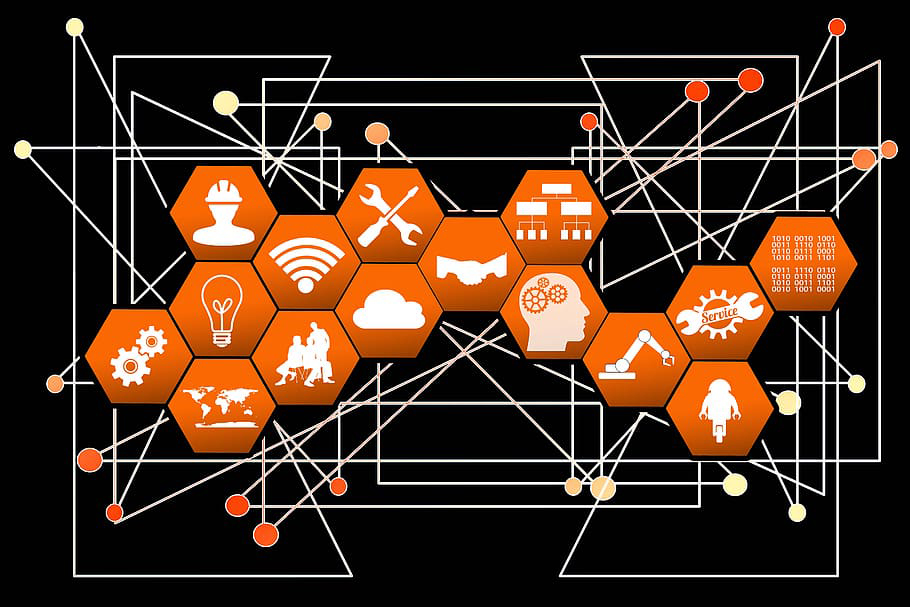Multiple Vulnerabilities in Fortinet Products
Vulnerability
January 15, 2025
This Multi-State Information Sharing and Analysis Center (MS-ISAC) Advisory is being provided to assist agencies and organizations in guarding against the persistent malicious actions of cybercriminals.
- FortiManager 7.4.0
- FortiManager 7.2.3
- FortiManager 7.0.7 through 7.0.8
- FortiManager 6.4.12
- FortiAnalyzer 7.4.0 through 7.4.2
- FortiAnalyzer 7.2.0 through 7.2.5
- FortiAnalyzer 7.0 all versions
- FortiAnalyzer 6.4 all versions
- FortiAnalyzer 6.2 all versions
- FortiAnalyzer 6.0 all versions
- FortiManager 7.4.0 through 7.4.2
- FortiManager 7.2.0 through 7.2.5
- FortiManager 7.0 all versions
- FortiManager 6.4 all versions
- FortiManager 6.2 all versions
- FortiManager 6.0 all versions
- FortiAnalyzer 7.4.0 through 7.4.3
- FortiAnalyzer 7.0.2 through 7.0.12
- FortiAnalyzer 6.2.10 through 6.2.13
- FortiManager 7.4.0 through 7.4.3
- FortiManager 7.0.2 through 7.0.12
- FortiManager 6.2.10 through 6.2.13
- FortiOS 7.0.0 through 7.0.16
- FortiProxy 7.2.0 through 7.2.12
- FortiProxy 7.0.0 through 7.0.19
- FortiManager Cloud 7.4 7.4.1 through 7.4.3
- FortiManager 7.4.1 through 7.4.3
- FortiOS 7.6.0
- FortiOS 7.4.0 through 7.4.4
- FortiOS 7.2.0 through 7.2.8
- FortiProxy 7.4.0 through 7.4.5
- FortiProxy 7.2.0 through 7.2.11
- FortiAP 7.4.0 through 7.4.2
- FortiAP 7.2.0 through 7.2.3
- FortiAP 7.0 all versions
- FortiAP 6.4 all versions
- FortiAP-S 6.4 6.4.0 through 6.4.9
- FortiAP-S 6.2 all versions
- FortiAP-W2 7.4 7.4.0 through 7.4.2
- FortiAP-W2 7.2 7.2.0 through 7.2.3
- FortiAP-W2 7.0 all versions
- FortiAP-W2 6.4 all versions
- FortiSwitch 7.4.0
- FortiSwitch 7.2.0 through 7.2.5
- FortiSwitch 7.0.0 through 7.0.7
- FortiSwitch 6.4.0 through 6.4.13
- FortiSwitch 6.2.0 through 6.2.7
- FortiSwitch 6.0.0 through 6.0.7
- FortiOS 7.4.0 through 7.4.1
- FortiOS 7.2 all versions
- FortiOS 7.0 all versions
- FortiOS 6.4 all versions
- FortiOS 6.2 all versions
- FortiManager Cloud 7.4 7.4.1 through 7.4.2
- FortiManager Cloud 7.2 7.2.1 through 7.2.5
- FortiManager Cloud 7.0 7.0.1 through 7.0.12
- FortiManager 7.0.0 through 7.0.12
- FortiManager 6.4.0 through 6.4.14
- FortiOS 7.0.0 through 7.0.15
- FortiOS 6.4.0 through 6.4.15
- FortiAnalyzer Cloud 7.4 7.4.1 through 7.4.2
- FortiAnalyzer Cloud 7.2 7.2.1 through 7.2.6
- FortiAnalyzer Cloud 7.0 all versions
- FortiAnalyzer Cloud 6.4 all versions
- FortiManager Cloud 7.0 all versions
- FortiOS 7.2.0 through 7.2.5
- FortiManager Cloud 7.6 7.6.0 through 7.6.1
- FortiManager Cloud 7.4 7.4.0 through 7.4.4
- FortiManager Cloud 7.2 7.2.2 through 7.2.7
- FortiManager 7.6.0 through 7.6.1
- FortiManager 7.4.0 through 7.4.5
- FortiManager 7.2.1 through 7.2.8
- FortiSandbox 4.4.0 through 4.4.4
- FortiSandbox 4.2.0 through 4.2.6
- FortiSandbox 4.0.0 through 4.0.4
- FortiSandbox 3.2 all versions
- FortiSandbox 3.1 all versions
- FortiSandbox 3.0.5 through 3.0.7
- FortiOS 7.2.0 through 7.2.9
- FortiOS 7.4 all versions
- FortiProxy 7.0.0 through 7.0.18
- FortiProxy 2.0 all versions
- FortiProxy 1.2 all versions
- FortiProxy 1.1 all versions
- FortiProxy 1.0 all versions
- FortiRecorder 7.2.0 through 7.2.1
- FortiRecorder 7.0.0 through 7.0.4
- FortiVoice 7.0.0 through 7.0.4
- FortiVoice 6.4.0 through 6.4.9
- FortiVoice 6.0 all versions
- FortiWeb 7.6.0
- FortiWeb 7.4.0 through 7.4.4
- FortiWeb 7.2 all versions
- FortiWeb 7.0 all versions
- FortiWeb 6.4 all versions
- FortiAnalyzer 7.0.0 through 7.0.12
- FortiAnalyzer 6.4.0 through 6.4.14
- FortiAnalyzer Cloud 7.4 7.4.1 through 7.4.3
- FortiAnalyzer Cloud 7.2 7.2.1 through 7.2.5
- FortiAnalyzer Cloud 7.0 7.0.1 through 7.0.11
- FortiManager Cloud 7.0 7.0.1 through 7.0.11
- FortiManager Cloud 6.4 all versions
- FortiAnalyzer 7.6.0 through 7.6.1
- FortiAnalyzer 7.4.1 through 7.4.3
- FortiProxy 7.4.0 through 7.4.4
- FortiProxy 7.2.0 through 7.2.10
- FortiProxy 7.0.0 through 7.0.17
- FortiProxy 2.0.0 through 2.0.14
- FortiOS version 7.2.0
- FortiOS version 7.0.0 through 7.0.5
- FortiOS version s 7.2.0 through 7.2.4
- FortiOS version 7.2.0 through 7.2.4
- FortiOS version 7.0.0 through 7.0.11
- FortiOS version 6.4.0 through 6.4.12
Government:
– Small business entities: Medium
- Apply appropriate updates provided by Fortinet to vulnerable systems immediately after appropriate testing.
- Apply the Principle of Least Privilege to all systems and services. Run all software as a non-privileged user (one without administrative privileges) to diminish the effects of a successful attack.
- Vulnerability scanning is used to find potentially exploitable software vulnerabilities to remediate them.
- Architect sections of the network to isolate critical systems, functions, or resources. Use physical and logical segmentation to prevent access to potentially sensitive systems and information. Use a DMZ to contain any internet-facing services that should not be exposed from the internal network. Configure separate virtual private cloud (VPC) instances to isolate critical cloud systems.
- Use capabilities to detect and block conditions that may lead to or be indicative of a software exploit occurring.
References
Bleeping Computer:
https://www.bleepingcomputer.
Fortinet:
https://www.fortiguard.com/
https://www.fortiguard.com/
https://www.fortiguard.com/





